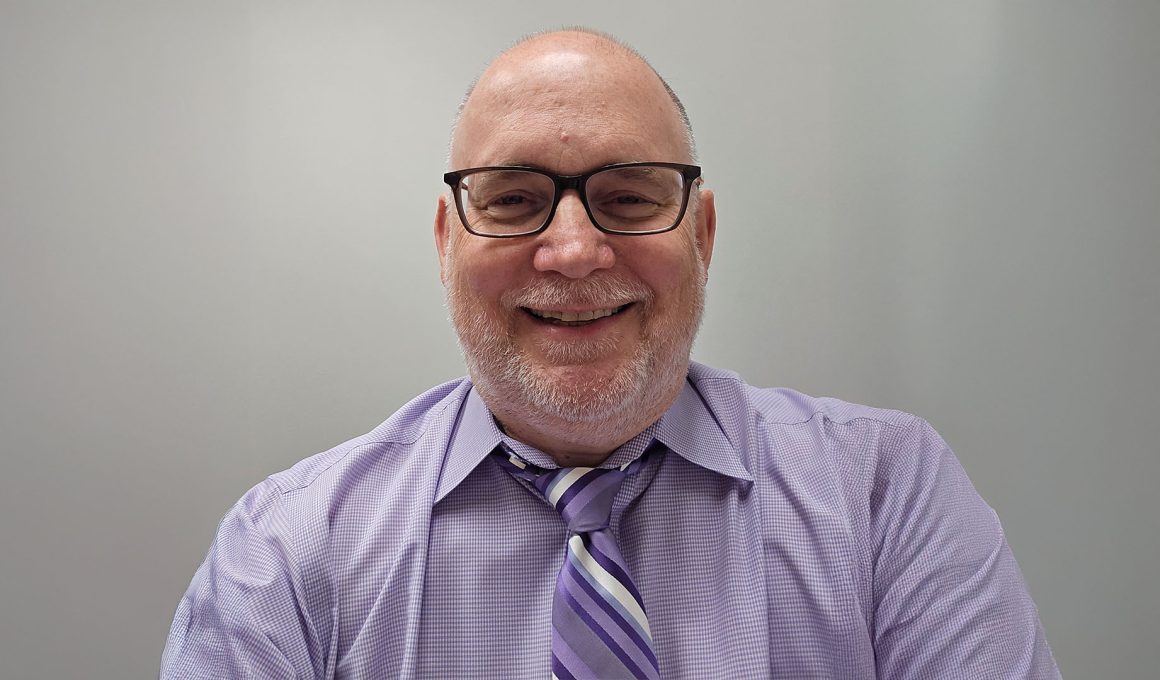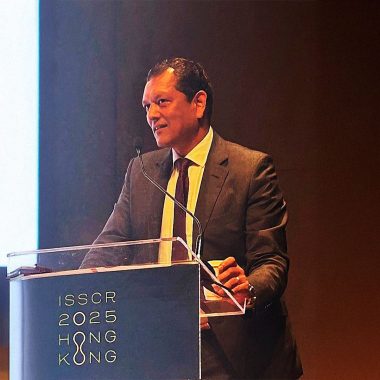Public health programs face mounting pressure to deliver efficient services while maintaining quality standards. With federal and state oversight, complex eligibility requirements, and diverse stakeholder needs, achieving operational excellence requires experienced leadership and strategic thinking. Thomas Stedham brings over two decades of Medicaid administration experience to this challenge, having worked his way from entry-level caseworker to associate director while developing practical approaches to program management.
Building Skills Through Early Lessons
Stedham didn’t start out knowing how to run anything. “I started out in an entry-level position. I was a caseworker doing the really simple Medicaid applications,” he recalls. Those early days taught him something valuable though. He watched his supervisors work, taking mental notes about what actually helped people and what didn’t. “With the people who had supervised me, I tried to do something similar to the things they did that I thought were good or effective. If there were things they did that I didn’t think were great, I would try to learn from that.” Pretty straightforward logic, but not everyone bothers to pay attention that way. By the time he advanced to associate director, Stedham had developed what he calls a “player coach” mentality. “As long as you are playing on that person’s team and you’re doing your job the way it’s supposed to be done, then they’ve got your back,” he explains. It’s not about being buddies with your employees, but it is about creating an environment where people can actually do their jobs without unnecessary drama.
Navigating Turnover and Client Challenges
Working in public health programs means dealing with constant turnover. “People would get in those positions, gain a little bit of experience, and then get a promotion or something else where maybe they would make more money,” Stedham notes. Can’t really blame people for wanting better opportunities, but it makes maintaining consistent service pretty tough. Then there’s the client side of things. “Sometimes with certain clients, it can be difficult to get them to do the interview or provide the documentation that you need.” He points out that failure to provide required information becomes “the most common reason for an application to be denied.” That’s frustrating for everyone involved, especially when you’re trying to help people access healthcare. The stakes are real too. Mess up processing times or quality control, and you can encounter problems with federal and state authorities. Worse yet, medical providers might stop accepting Medicaid altogether if they can’t get paid properly. “Of course that’s very bad because you have clients, especially in rural areas, where there may not be many choices as far as where they can go.”
Implementing Practical Management Principles
Stedham’s approach boils down to three main things, though he’d probably tell you it’s more common sense than rocket science.
- Treat People Decently – “I believe very strongly in the golden rule,” he says. “I think you should treat people the way that you would want to be treated.” He made a point of talking to each employee every day, even if it was just saying good morning.
- Take Documentation Seriously – “If you didn’t write it down, it didn’t happen.” He recommends keeping detailed records of everything, from client interactions to employee conversations. “I believe very strongly in having a paper trail,” especially when dealing with government oversight and potential hearings.
- Ensure Work-Life Balance – “I think it’s very good to have some work life balance,” he explains. “Make sure you take your morning break, take your lunch break, and take your afternoon break.” His reasoning is practical rather than touchy-feely. “I think you’re not going to get your most efficient performance if you’re stressed.”
Stedham admits he’s not a tech expert, but he can see where things are heading. “If I had to guess, I would think that in the future in healthcare, there will be more and more functions where AI is a part of it.” He’s not worried about robots taking over though. “I think you’re always going to need living, breathing people” for eligibility determinations. But he does see potential for technology to handle administrative tasks. Someone contacted him about a telephone system that could answer basic questions automatically, which makes sense when you think about how much time gets spent on routine inquiries. “I think there’s a lot of potential for AI and that sort of technology to at least help with routine tasks,” Stedham concludes. For someone who’s spent over two decades making sure people can access healthcare, that kind of efficiency improvement probably sounds pretty appealing.
Connect with Thomas Stedham on LinkedIn to learn more about his practical approaches to public health leadership.





